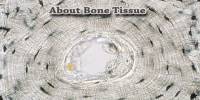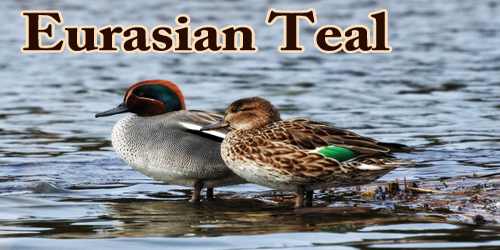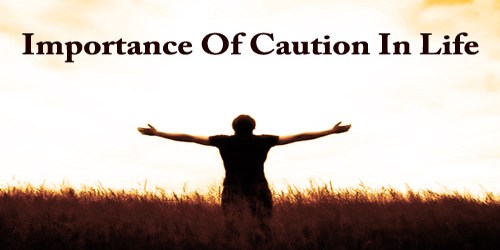A heterotroph is an organism that cannot make its own food and must rely on other sources of organic carbon, primarily plant or animal materials, for nourishment. It cannot manufacture its own food and must acquire energy and nutrients from other organisms. Heterotrophs are primary, secondary, and tertiary consumers, but not producers, in the food chain. Unlike autotrophs, which can create their own organic compounds through processes such as photosynthesis or chemosynthesis, heterotrophs must get pre-formed organic compounds from the environment, either by devouring other living species or byproducts of other living organisms.
Animals, fungus, and numerous bacteria are all examples of heterotrophic creatures. They play an important role in food webs and energy transfer in ecosystems. Heterotrophs must consume organic substances created by autotrophs in order to meet their energy and nutritional requirements. This reliance between autotrophs and heterotrophs is a basic element of ecological systems, contributing to ecosystem balance and function.
Heterotrophs can be classified into various categories based on their feeding strategies. For example:
- Herbivores: These organisms consume plant material as their primary source of nutrition.
- Carnivores: These organisms primarily consume other animals for sustenance.
- Omnivores: These organisms have a diet that includes both plant and animal matter.
- Detritivores: These organisms feed on dead organic matter, breaking it down into simpler substances.
- Parasites: Parasitic organisms live on or in other organisms (hosts) and obtain nutrients at the expense of the host.
Humans and most animals are heterotrophs because they get their energy and nutrients from plants, other creatures, or both. Heterotrophs are important players in food chains and ecosystems because they consume at multiple trophic levels. Energy flow in ecosystems often begins with autotrophs, such as plants or algae, capturing solar energy and then being devoured by heterotrophs at higher trophic levels.
All mammals and fungi, as well as some bacteria and protists and many parasitic plants, are heterotrophic living creatures. In microbiology, the term heterotroph first appeared in 1946 as part of a taxonomy of bacteria based on their type of nourishment. The phrase is currently used in a variety of domains, including ecology to describe the food chain.
Heterotrophs are classified based on their energy source. A chemoheterotroph is a heterotroph that uses chemical energy (for example, humans and mushrooms). If it uses light to generate energy, it is a photoheterotroph (for example, green non-sulfur bacteria).
















